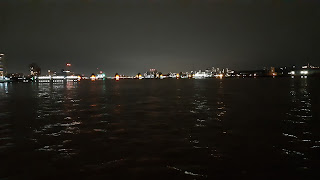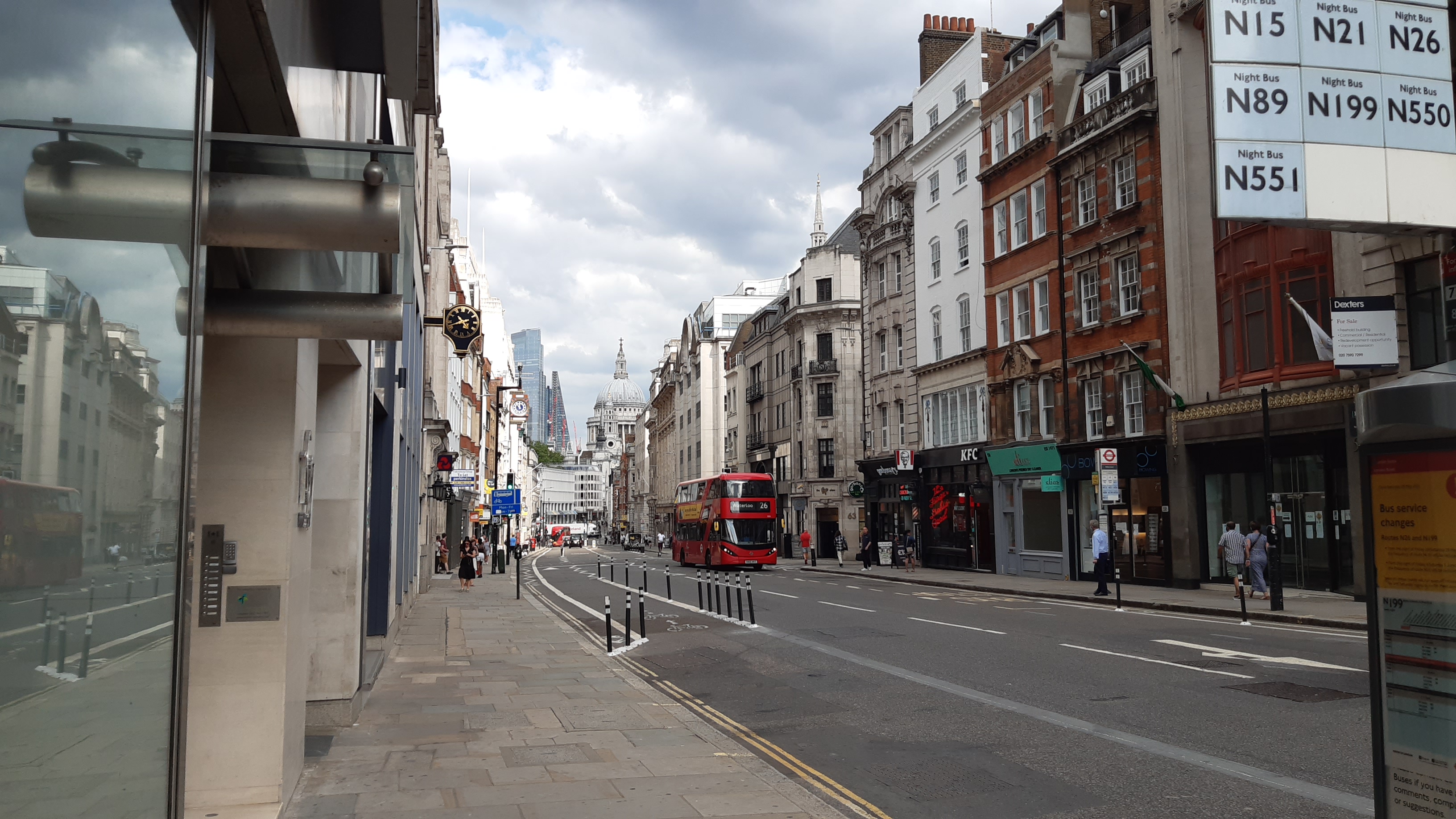The Thames Barrier
The Thames Barrier is really a series of individually controllable barriers opened in 1982 which collectively protect London from the water of the Thames. The amounts of water have increased a lot in its years of operation primarily due to climate change with the barrier being forecast to be obsolete by 2070. It is an interesting and vital piece of infrastructure which protects London (especially central and other low lying areas).

When Closures Happen
The Thames barrier closes when a particularly high tide is forecast. This could be because of a large storm heading towards London or perhaps because of an unusually large spring tide. A spring tide happens twice a month when the affects on the tide by the moon and sun are combined meaning there are higher high tides and lower low tides. As spring tides are remarkably predictable (because the sun and moon have very predictable orbits, in the time frames we are talking about) and weather predictions are getting more and more accurate the Thames Barrier only closes when needed. With any issues encountered during closure being counteracted by all the numerous backups and safeguards, which includes the barrier still being effective if one of the gates fail.

|
| The cause of the tides and some of the Thames Barriers problems |
Secret Tunnels
The Thames Barrier actually has two secret service tunnels under the Thames and are not for use by the general public (so don't feature in the 19 Tunnels Under The Thames which contains exactly 100 words about every publicly open tunnel under the River Thames). These tunnels contain the large floodgates that “stop the water”. The tunnels also provided the ability to fix any technical issues that arise in the movement of such large objects.
Closing the Barriers

When a closure is needed the floodgates rotate to form a barrier, which is why it is given the name Thames Barrier. The actual gates form a minor segment in the circular cross section of the barrier. Usually the 10 gates are left open with the gate segment in the river bed. When a closure is needed they are rotated into position, physically stopping water from travelling from one side to the other. They are kept like this to protect London from the several billion pounds of damage caused if there was no barrier. When the water levels subside the barriers have the ability to overotate which allows water to travel through underneath to help balance water levels on either side of the barrier.

|
| The Thames Barrier is just visible with what it protects in the background |
Redundancy
The Thames Barrier has an awful lot of redundancy with it being built with the specific purpose of not being allowed to fail. This means it has multiple power connections, multiple motors per floodgate, and is constructed of extremely durable materials. And if something catastrophically fails the Thames Barrier can still operate effectively even without one of its 10 barriers. But all of this redundancy is predicted to not be enough by 2070 with the barrier being obsolete as the tides it will experience will be greater than its capability to stop water and protect London.



Comments
Post a Comment